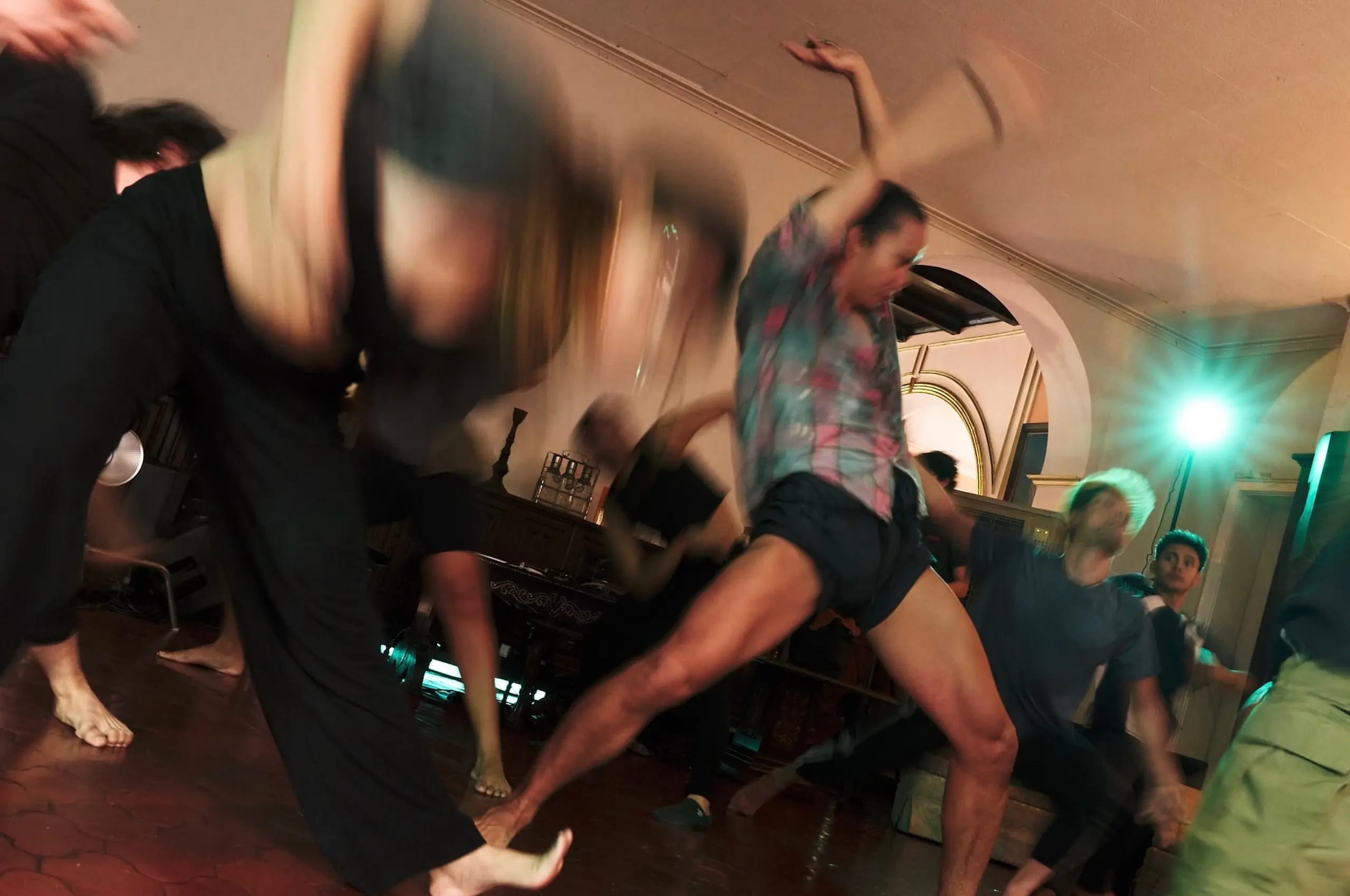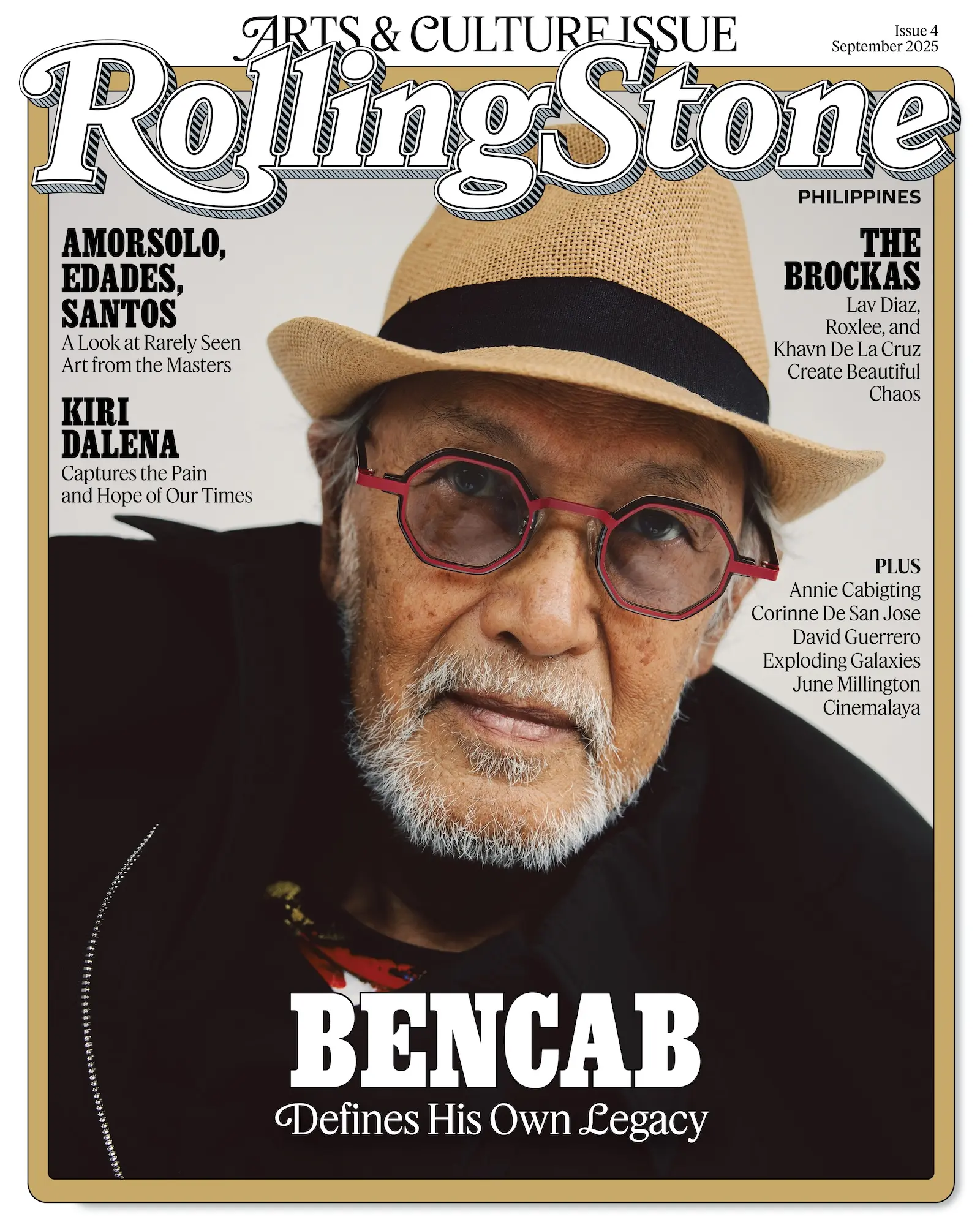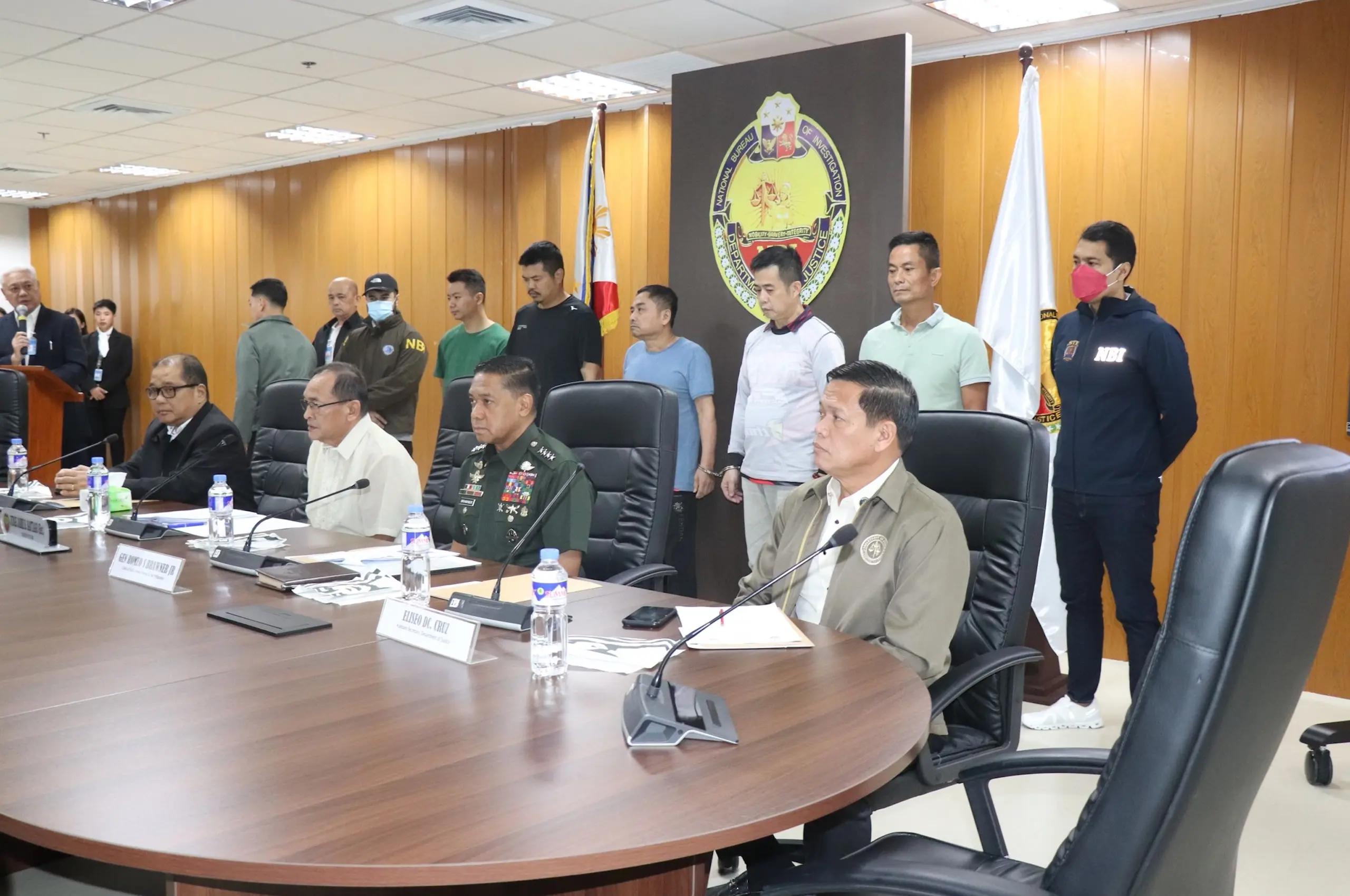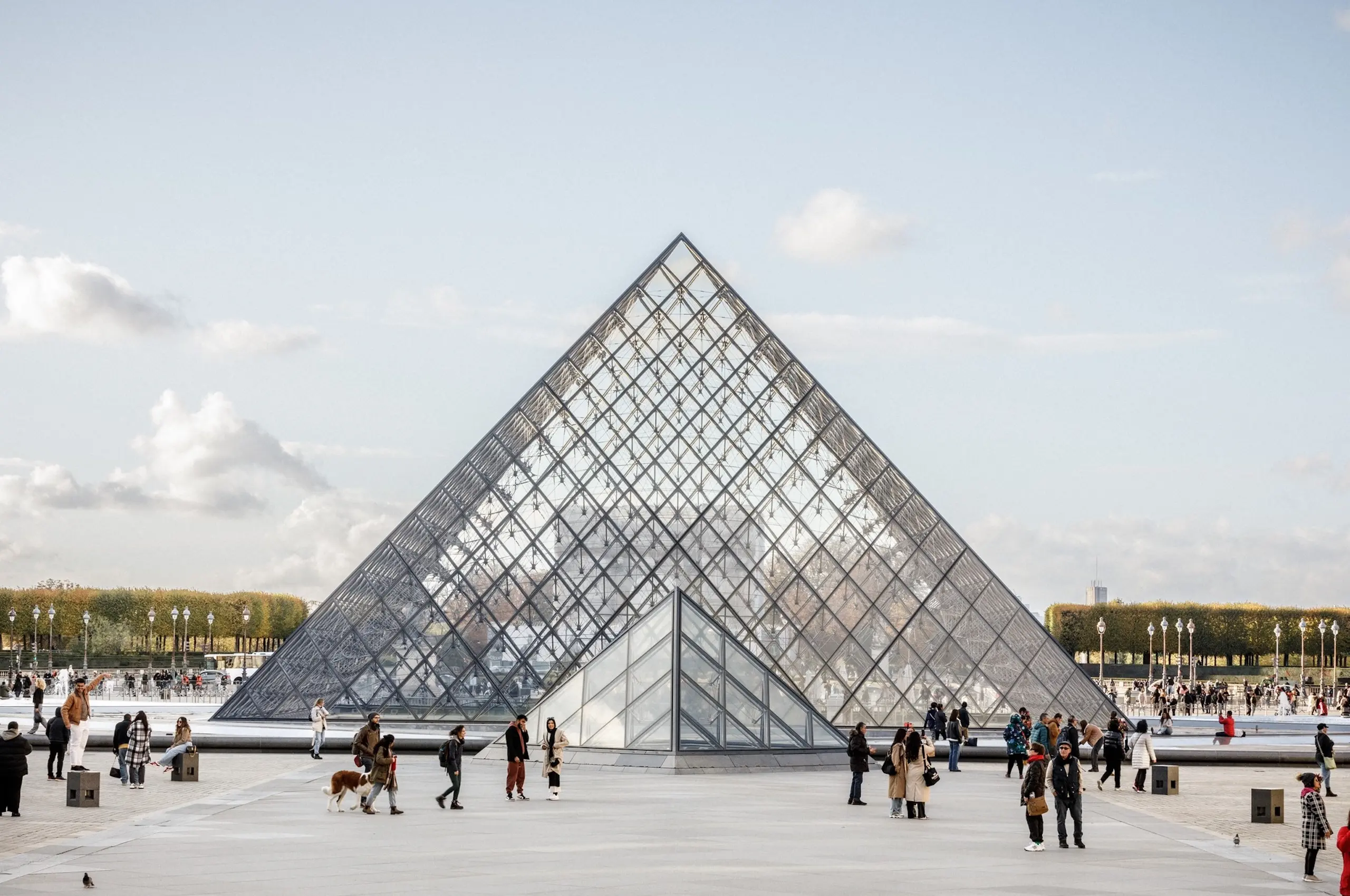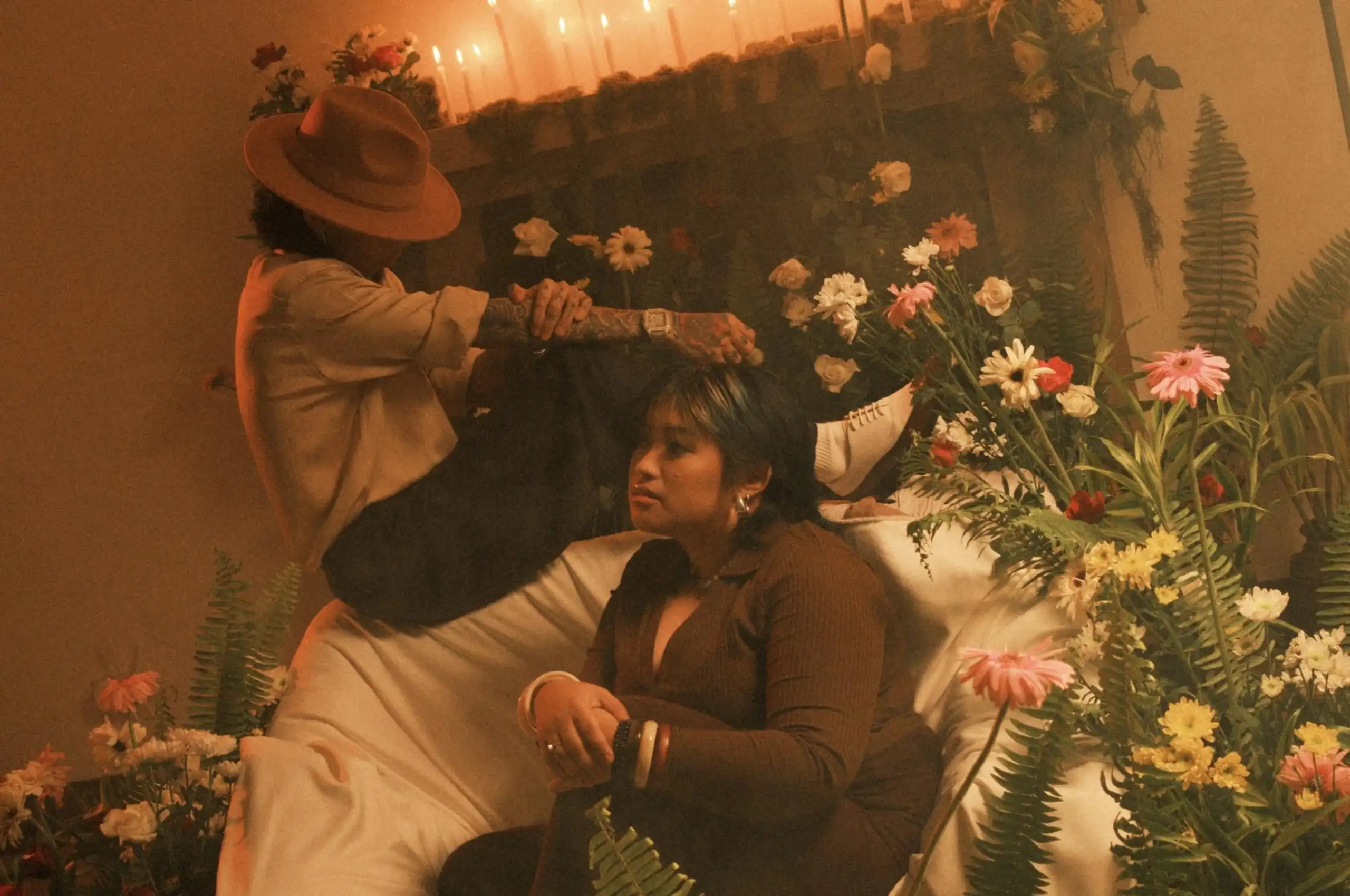Since its humble beginnings as a virtual dance film festival in 2020, Fifth Wall has grown to become one of the most ambitious annual showcases of dance in all its many, interdisciplinary forms.
Fifth Wall’s approach to highlighting the art of dance resists easy definitions. During its first iteration in 2020, the festival was comprised of online film screenings, talks, and even a Zoom party with Manila-based music collective UNKNWN. From there, each new edition of Fifth Wall grew even more expansive. Photography exhibitions exploring movement at Tarzeer Pictures and the Samsung Performing Arts Theater, a movie poster exhibit at Sine Pop, and a choreographed takeover of Doña Sisang’s historic home were all part of Fifth Wall’s overarching plan, which is to spotlight how dance can exist well beyond the stage.
This year, the sixth edition of Fifth Wall is set to take on a theme that stretches the boundaries of dance even further. Entitled “Muscle Memory,” this year’s festival aims to understand the middle ground between dance and architecture.
“With this theme, we want to offer audiences more than just something to watch,” Madge Reyes, founder of Fifth Wall, told Rolling Stone Philippines. “We want them to feel it. To be aware of their own bodies in space. To brush up against texture, weight, resistance. To experience architecture not just as backdrop, but as something tactile and alive, in dialogue with movement.”
Beyond the realm of choreography, Fifth Wall VI will feature large-scale art pieces, created in collaboration with ES SE, Marco Ortiga, Lando Cusi, Novel, and WHYNoT Manila. Each piece will be completely interactive, allowing attendees to explore how their bodies and movements can meld into the art.
What’s more, this year’s Fifth Wall will be turning an unlikely venue — the deconstructed office space of RCBC Plaza’s 28th floor in Makati — into its main playground, a “deliberate choice that speaks to the themes we’re exploring,” said Reyes.
“Offices represent order, routine, and systems — structures that we’re interested in disrupting,” she added.
Audiences will be given the option to join tours around the space, led by several actors, musicians, and artists acting as guides. These volunteer tour guides include artist Jer Dee, actor Elijah Canlas, comedian Jon Santos, and more. At the end of each tour, participants will be invited to partake in a culminating activity in the form of a video installation done in collaboration with Timothy Axibal.
Visitors can also look forward to live art sessions with darlingkink and Giostrina, as well as evening DJ performances to close each day, with Aries and Papa Jawnz performing on Days 1 and 2, respectively.
In an interview with Rolling Stone Philippines, Reyes spoke on her hopes for this year’s Fifth Wall, her desire to break the insularity of the country’s art scene, and her vision to continue challenging how dance is perceived.
This interview has been edited for brevity and clarity.
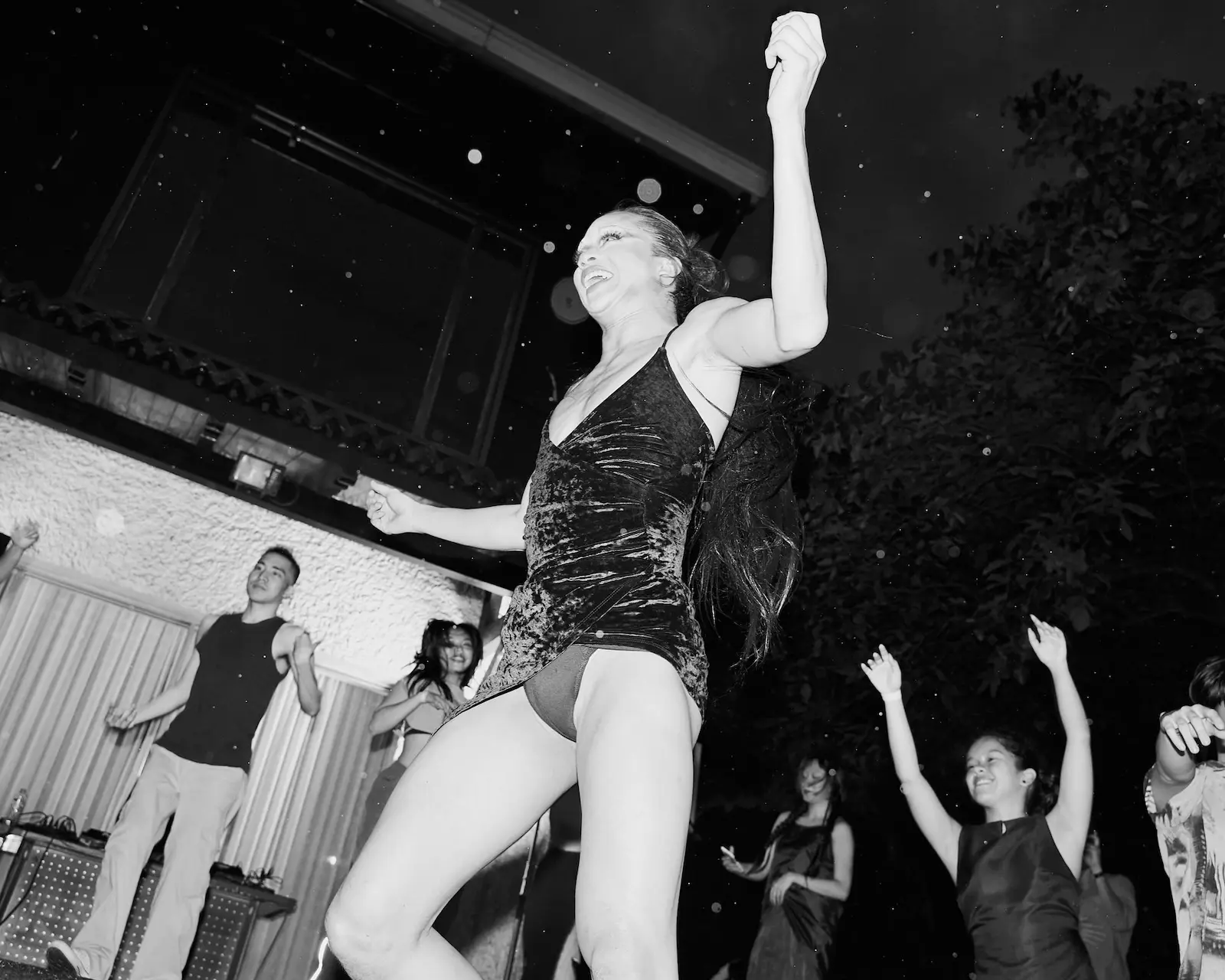
This year, Fifth Wall is set to be held in a deconstructed office space in Makati. What was the rationale behind this?
By placing the festival in a space once built for productivity and hierarchy, now stripped down and repurposed, we’re inviting audiences to reconsider how spaces shape behavior and meaning. It also aligns with our commitment to reactivating underutilized urban spaces and pushing the boundaries of where art can live and be experienced.
Past iterations of Fifth Wall have seen very specific locations, such as the Samsung Performing Arts Theater or Doña Sisang’s ancestral house. Do you have a criteria for choosing these venues?
Space is exceptionally crucial to mounting each iteration of Fifth Wall. We’re drawn to venues as unconventional as our programming — often underutilized and hard to access. A significant part of our effort goes into finding the right space for each edition. And what feels ‘right’ may only reveal itself over time. Sometimes we’re lucky enough to stumble upon the perfect location early on, but more often, it takes years of patience and self-reflection to uncover these spaces.
This year’s theme “Muscle Memory” explores the intersection between Architecture and Dance. How did this concept come about? And what is the middle ground between those two art forms?
The theme “Muscle Memory” began simmering as early as last year’s festival. At the time, it was just me, sitting with the idea alone and letting it unfold slowly. I kept returning to the question of how the body remembers space, and how space, in turn, shapes movement. Eventually, those thoughts grew into conversations with the rest of the team.
I was drawn to the intersection of architecture and dance: two forms that seem very different but are both rooted in structure, rhythm, and the body. The middle ground lies in that subtle choreography between body and space: how one influences the other, often unconsciously.
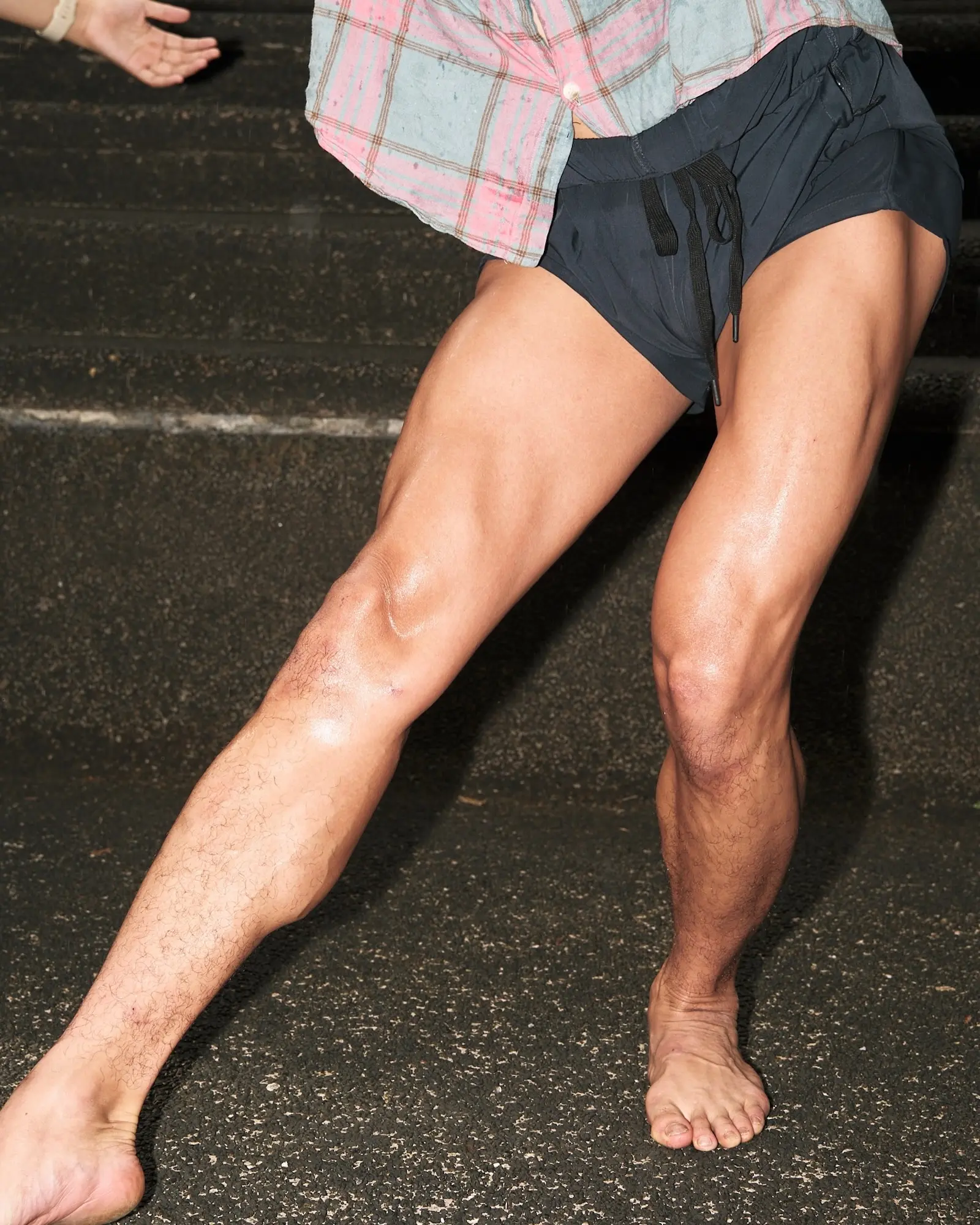
What are the logistics that go into planning a Fifth Wall event? Considering that each one is more ambitious than the next and that the collective made a transition from online programming to full-on interactive festivals?
Planning a Fifth Wall event is always a layered process — part creative vision, part logistical puzzle. Each edition grows in ambition, which means the back-end planning becomes more complex, especially as we’ve transitioned from online programming to full-on interactive, in-person festivals.
Site-specificity is a major factor. We don’t work with traditional venues, so there’s always a long lead time for location-scouting, negotiations, and retrofitting unconventional spaces to meet both artistic and safety needs. Once the space is locked in, everything from spatial design and technical setup to audience flow has to be mapped out very intentionally.
We’re also working with a wide range of artists, often across disciplines, so coordination involves aligning different creative processes, timelines, and technical requirements. And since interaction is a core part of the experience, we spend a lot of time thinking through how audiences will physically and emotionally navigate the space.
It’s a balancing act between experimentation and structure. Every edition pushes us to be more resourceful, more collaborative, and more purposeful… not just about what we’re presenting, but how we’re asking people to experience it.
In a past interview, you once noted feeling frustrated about growing up and seeing the same people at different art shows. How is Fifth Wall avoiding this insularity?
That frustration came from a real place. Growing up in the local dance scene and constantly seeing the same faces made it feel like there was an invisible barrier around who got to participate. With Fifth Wall, we’ve been very conscious about breaking that cycle of insularity.
One way we do that is by working outside of traditional art spaces. By occupying unconventional, often public or overlooked venues, we naturally reach different audiences—people who might not normally step into a gallery or theater. We also keep our programming multidisciplinary, which invites a wider range of artists and audiences into the fold.
Accessibility is something we think about not just in terms of physical space, but also language, tone, and atmosphere. We avoid overly academic framing, and we encourage interaction, play, and genuine curiosity. The goal isn’t to dumb anything down. It’s to create an environment where people feel like they belong, even if they don’t have an art background.
Ultimately, it’s about reimagining what an arts audience can look like, and building a space where more people see themselves reflected, not just in the work, but in the room.
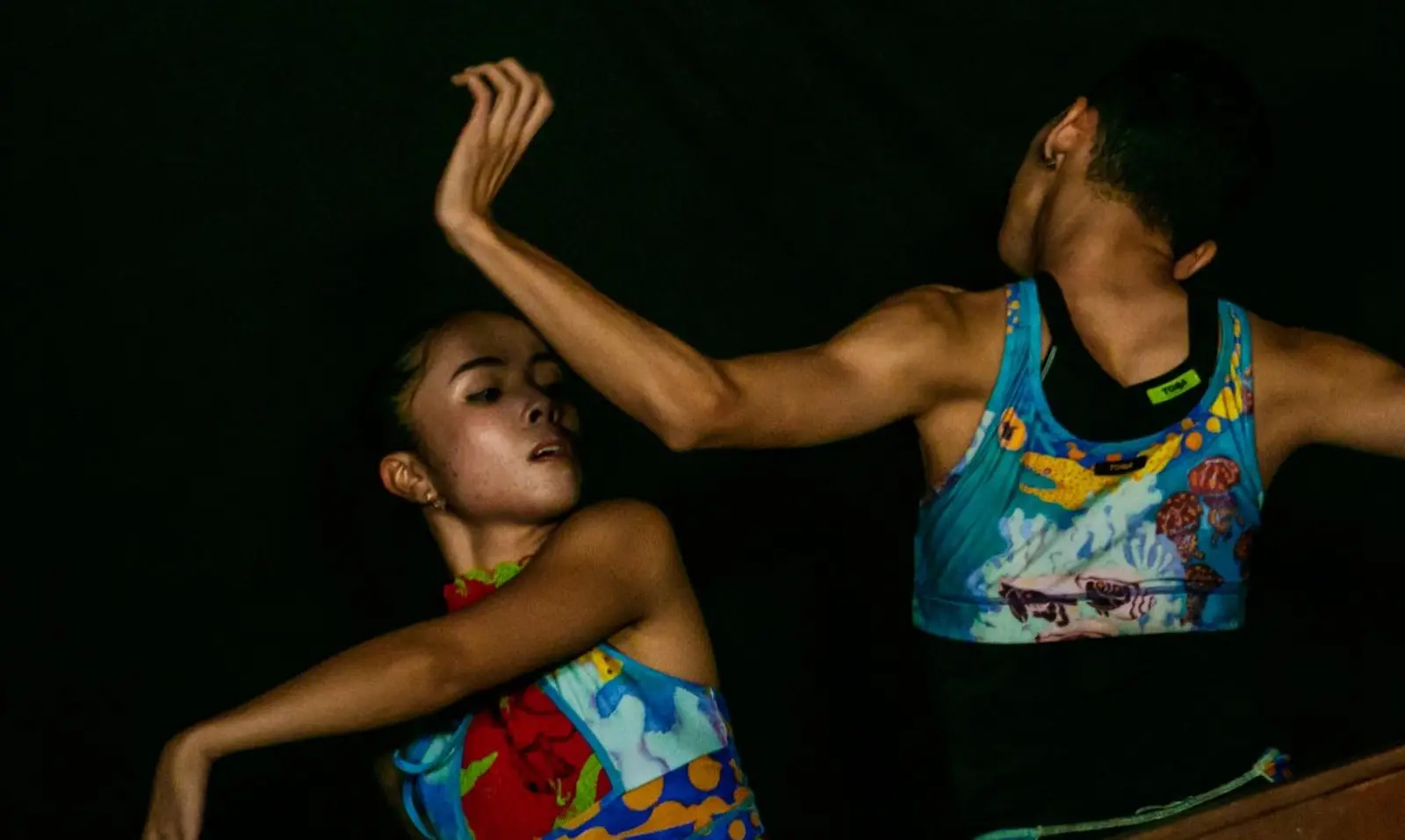
What will this year’s choreographed sequences look like, especially with this renewed emphasis on interactivity?
Each tour culminates in a buildable digital installation we’re crafting in collaboration with [filmmaker] Timothy Axibal. I lovingly call it a ‘salad’ because it’s layered, textured, and tossed together from all the moments, movements, and energy that each group brings in. It’s meant to be messy, alive, and constantly shifting — just like the experience of Fifth Wall itself.
You’ve tapped different creatives to act as tour guides for the event. What was the rationale behind these choices in tour guides?
We were very intentional in choosing this year’s guides. Each one brings a distinct energy, background, and way of engaging with people — which is exactly what we wanted. The role of the guide isn’t just to lead people through the space, but to shape how the experience unfolds.
We tapped creatives like Jon Santos, Elijah Canlas, Jer Dee, and others because we saw something unique in how they hold space. Some come from performance, others from visual art or film, but all of them have a strong sense of presence and curiosity.
We were also drawn to the idea of diversity, not just in discipline, but in personality and point of view. We wanted the audience to have different kinds of encounters, depending on who their guide was. Each guide offers a different lens, and we think that multiplicity adds depth to the overall experience.
